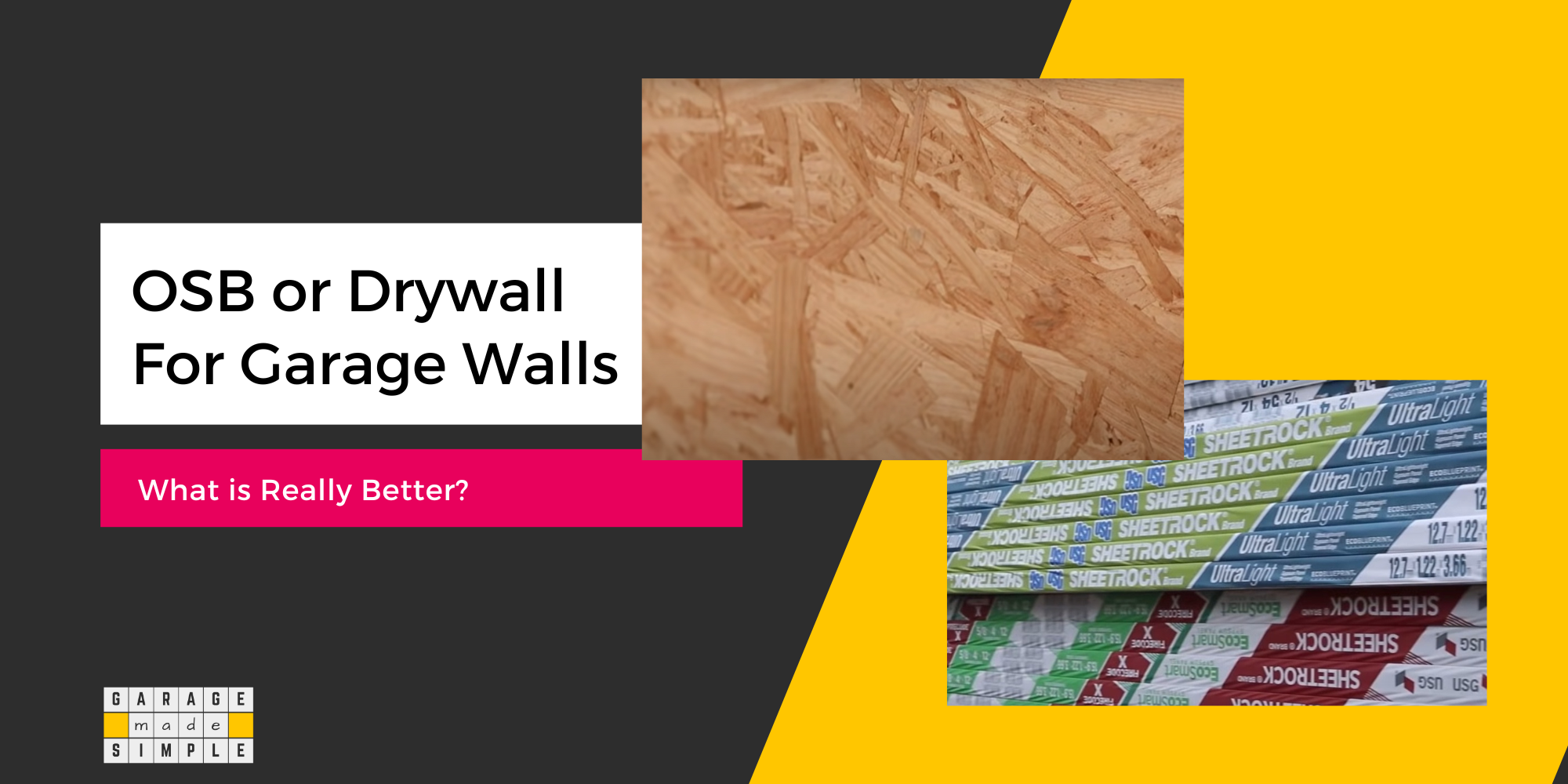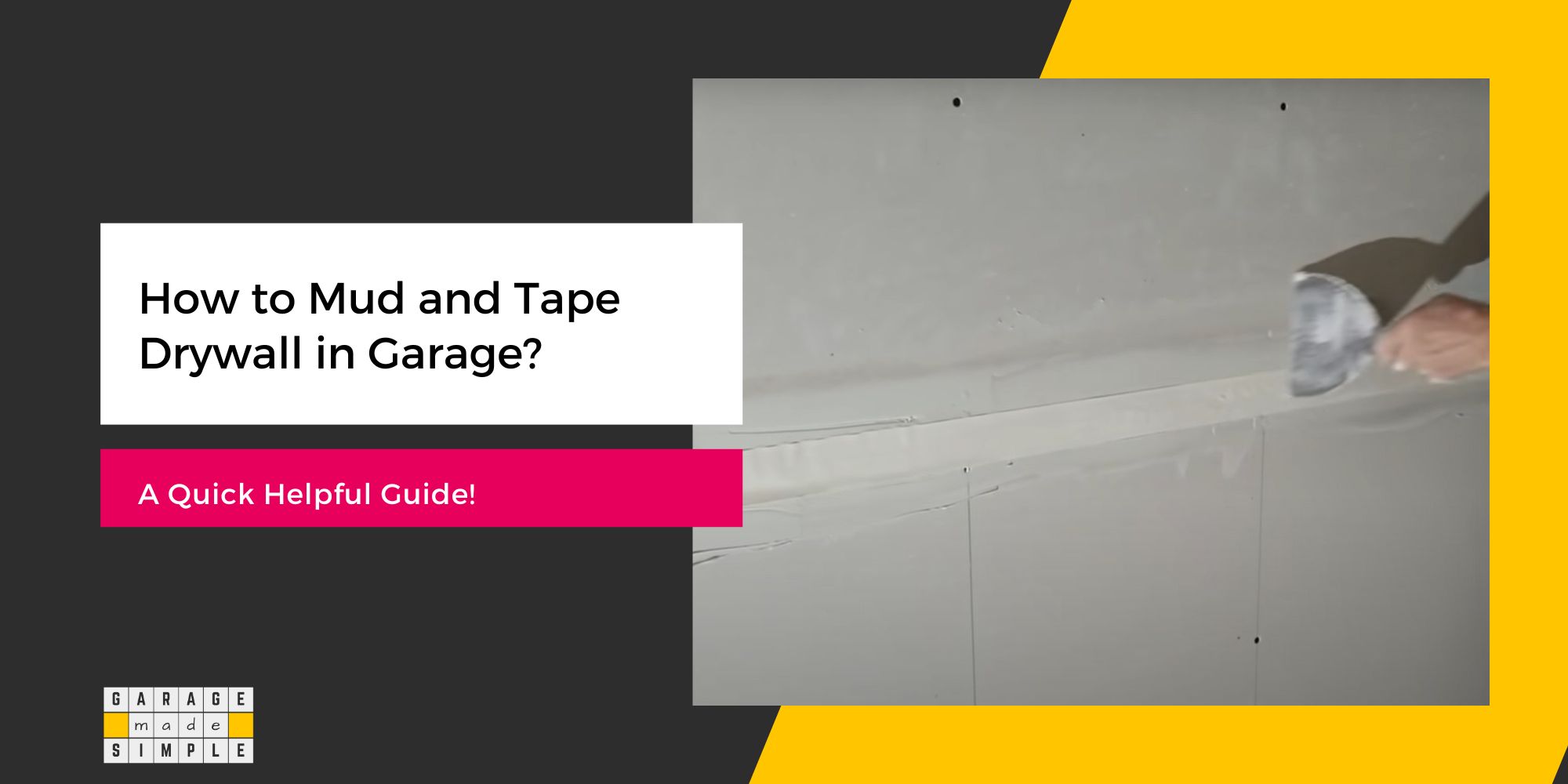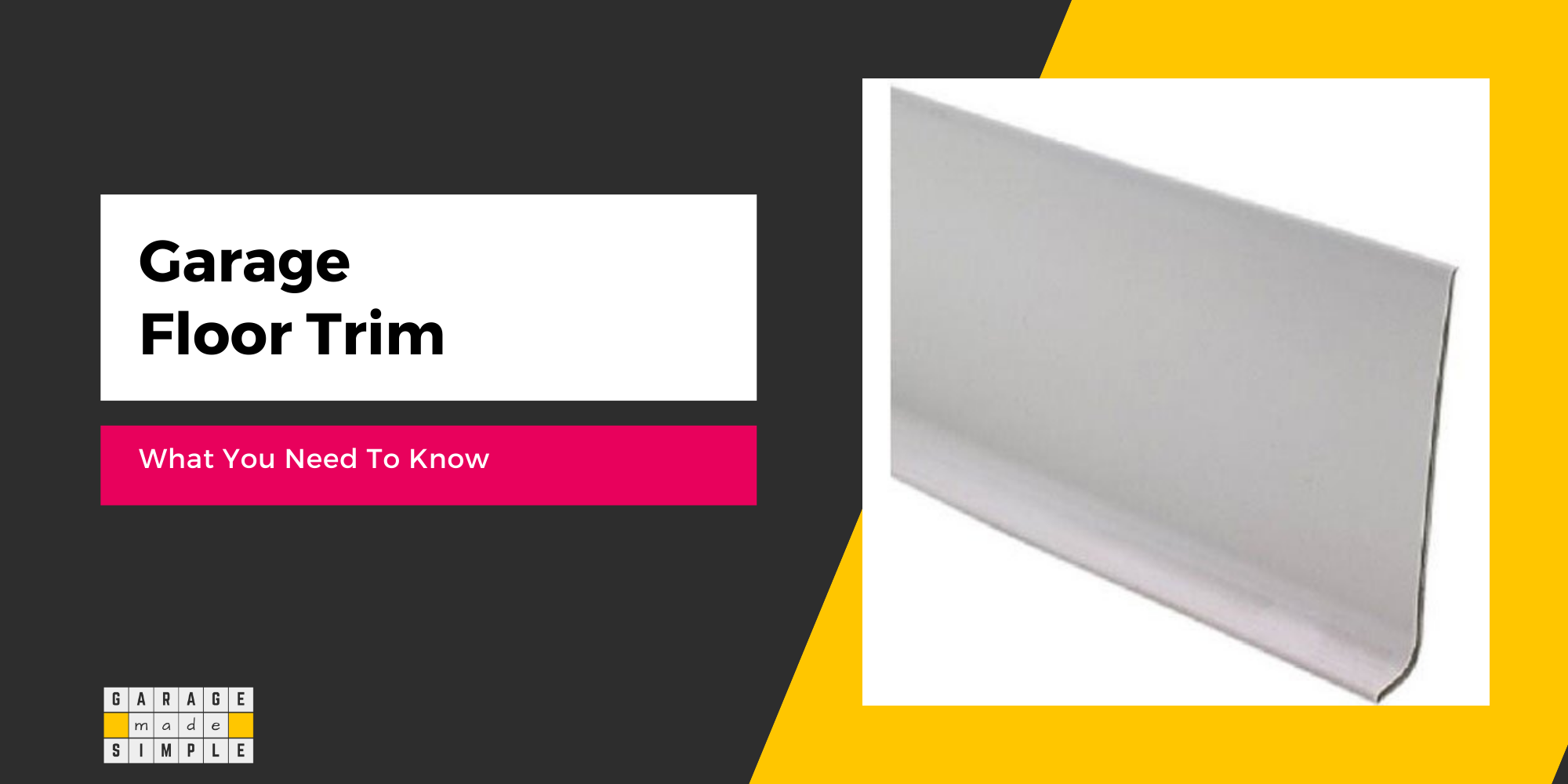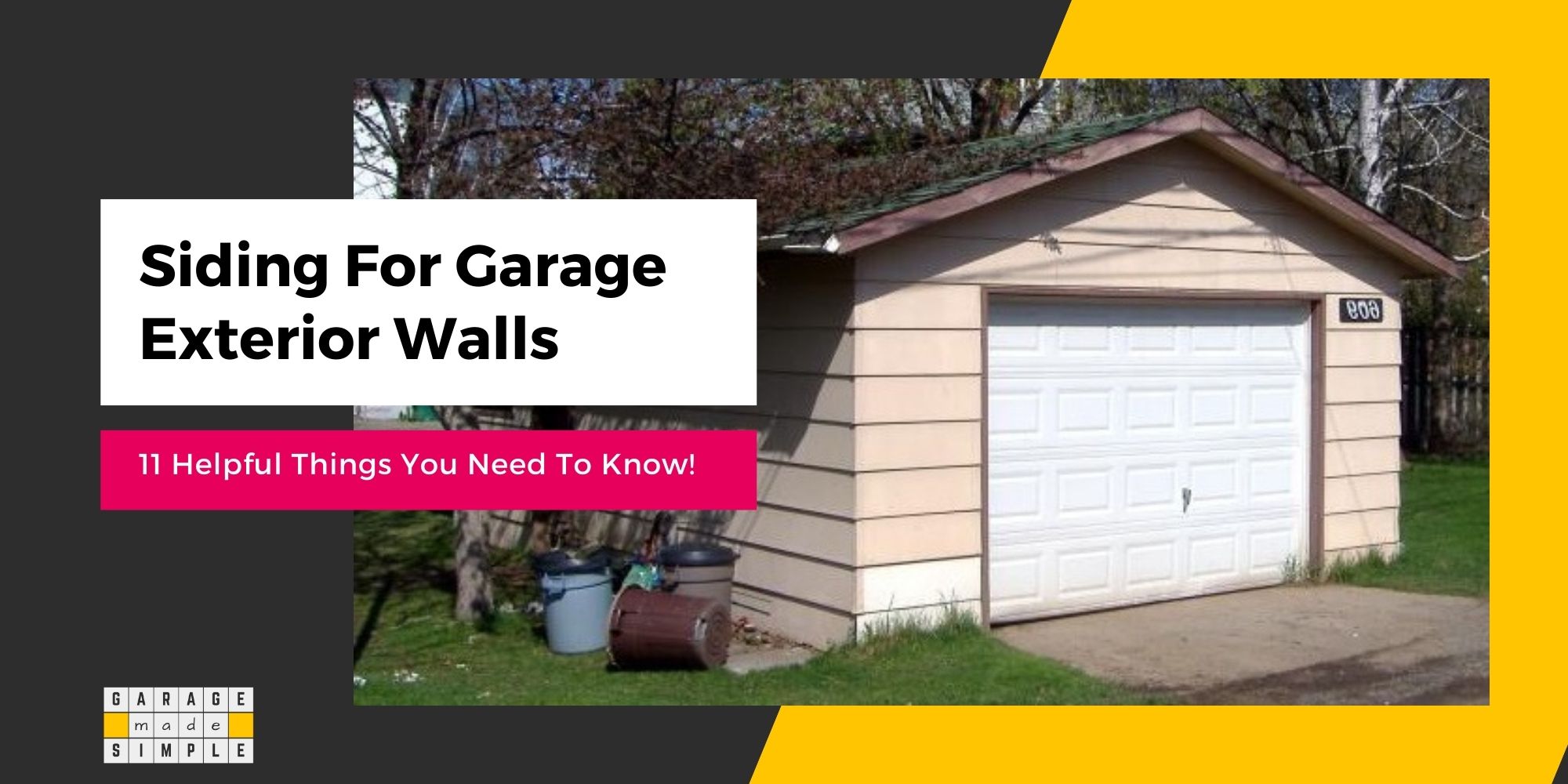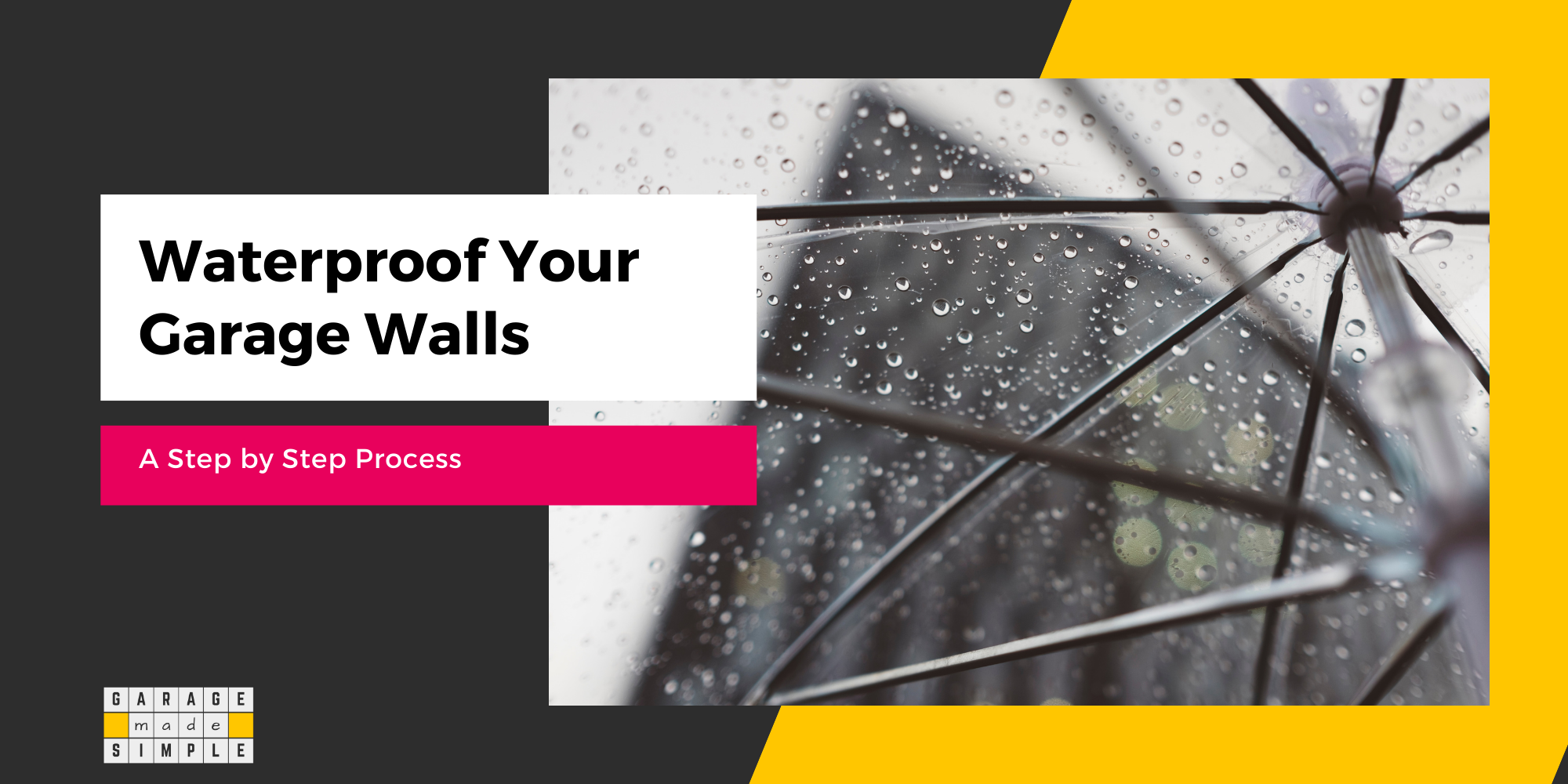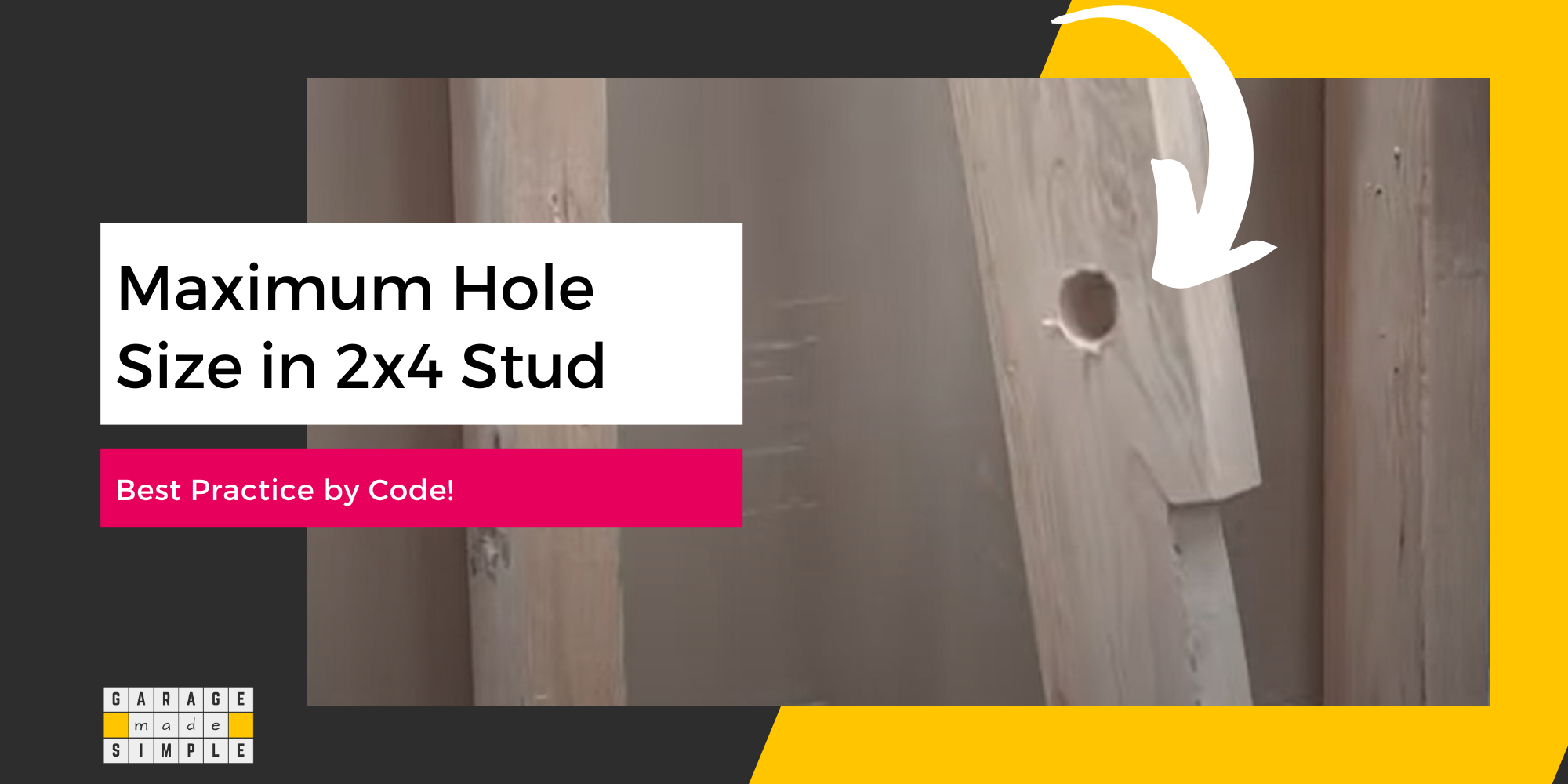Pressure Treated Wood in a Garage: Is it Better? A Quick Guide!
As an Amazon Associate, I earn from qualifying purchases.
Can You Use Pressure Treated Wood in a Garage?
If you are building a detached garage you are likely concerned about how long it will last. Wood is great for construction but it is not immune to rot, decay and termites. Humidity and exposure to elements can take a toll on the lifespan of wood studs, joists and beams. So, can you use pressure treated wood in your garage?
Pressure treated wood is a good choice for a garage. It is rot, decay and termite resistant and will certainly increase the lifespan of your garage. The code requires you to use pressure treated wood if the structural member is embedded in or is in contact with grade or slab-on-grade.
Other members, such as vertical studs, can also be of pressure treated wood but it will push up the construction cost of the garage.
Pressure treated wood is just regular wood that’s been given a special treatment to make it last longer and resist rot and bugs. Basically, they stick it in a cylinder, pump in some chemicals and voila, it’s now protected for a long time.
Pressure treated wood is a popular choice for applications such as decks, fences, etc. as they are embedded in or are in contact with grade.
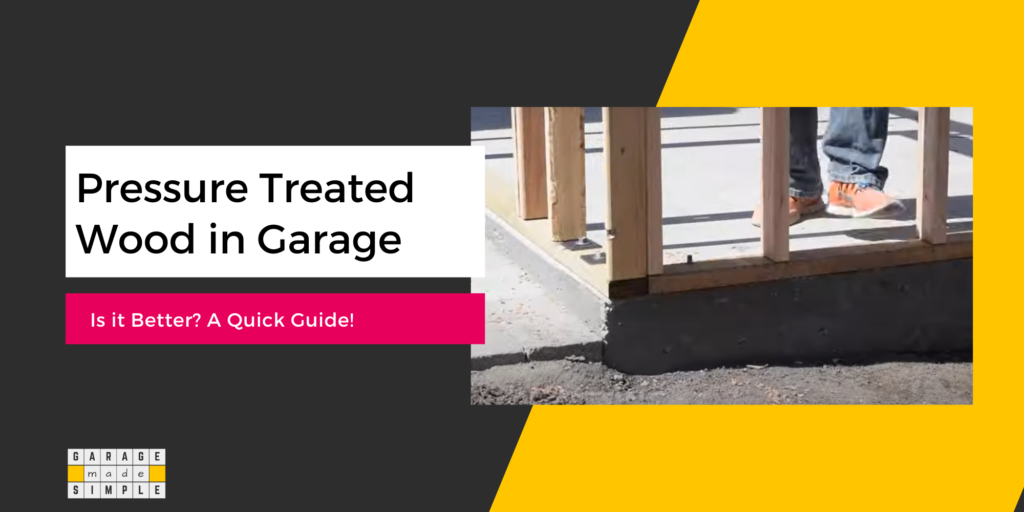
What Is the Code for Treated Wood?
Section R317.1.2 of the 2021 International Residential Code (IRC) states as under:
All wood in contact with the ground, embedded in concrete in direct contact with the ground or embedded in concrete exposed to the weather that supports permanent structures intended for human occupancy shall be approved pressure-preservative treated wood suitable for ground contact use, except that untreated wood used entirely below groundwater level or continuously submerged in fresh water shall not be required to be pressure-preservative treated.
For example, the sill plate of a garage wall frame must be pressure treated wood as it is in direct contact with the slab-on-grade concrete floor of the garage.
What are the Advantages of Using Pressure Treated Wood in a Garage?
Of course you must use pressure treated wood in your garage in areas that are prescribed by code. In addition you can use pressure treated wood in your garage in other areas too as it has the following advantages:
- Durability: Pressure treated wood is resistant to rot, decay and insect damage. High humidity is the main cause of rot, decay and insect damage in wood. Garages are likely to have high humidity levels as often they have poor ventilation. In addition you may be living in a zone, such as near the coast or a large lake, where humidity is usually quite high. Using pressure treated vertical studs will increase the lifespan of your garage.
- Cost Effective: Initial cost of pressure treated wood is higher than non pressure treated wood of the same species. However, as the pressure treating process makes the wood more long-lasting, the cost works out lower in the long run.
- Good Structural Integrity: Pressure treated wood has good structural integrity and can be used for floor joists, beams, framing and siding, which are crucial structural elements of a garage.
- Low maintenance: Pressure treated wood requires less maintenance compared to non pressure treated wood of the same species.
Pressure treated wood, such as 2×4 studs or 2×6 studs, have many superior features and is:
Moisture Resistant
Natural wood is hygroscopic and absorbs moisture readily. The wood can become weak, when exposed to wet or damp conditions, due to growth of microorganisms that feed on it.
Pressure treated wood protects it from the microorganisms, even under humid or damp conditions, because of the chemicals impregnated in it.
Fungus Resistant
Fungus, such as mold & mildew grow very easily on damp wood as wood is already rich in cellulose, which is food for fungus.
Chemicals in pressure treated wood protect it from mold & mildew attack. Mold & Mildew are not only ugly to look at, they are a health risk to those suffering from respiratory ailments.
Insect Resistant
Insects, such as termites and carpenter ants, can eat through wood, making it structurally weak. The result, especially in high humidity zones, can be nothing short of catastrophic.
Pressure treated wood is treated with chemicals to protect it from wood eating insects, such as termites and carpenter ants. They can even discourage other insects like cockroaches & spiders from breeding in the garage.
Fire Resistant
A garage is considered to be a fire hazard zone. Pressure treated wood can be made fire-resistant by injecting fire-retardant chemicals into the wood, during the treating process.
Does Pressure Treated Wood Have Any Disadvantages?
In spite of the many advantages of using pressure treated wood in a garage, there are a few disadvantages that you should be aware of.
Chemical Hazards:
Pressure treated wood is impregnated with chemicals. Some of these chemicals are harmful to human and animal health. Some of the most commonly used chemicals are copper based and borates.
Copper based compounds are effective fungicides & insecticides. Borates protect the wood from termites. They can be harmful, to humans & pets, if ingested or inhaled in large amounts.
Chromated Copper Arsenate (CCA) has arsenic. Studies have shown that CCA is carcinogenic and can also cause skin irritation. As of January 1, 2004, CCA can no longer be used in the United States to treat wood sold for use in residential settings.
VOCs Emissions:
Pressure treated wood can release chemicals called VOCs (volatile organic compounds). VOC is harmful to breathe in, so proper ventilation in the garage is very important if you have used a lot of pressure treated wood.
Chemical Leaching:
The chemicals used in pressure treated wood can leach out of the wood over time, especially when the wood is embedded or in contact with the ground.
This can be a concern for people with vegetable gardens or pets around the area.
Staining & Discoloration:
Pressure treated wood may have greenish or brownish stains caused by the chemical treatment, which can discolor over time. The color comes from copper based compounds.
Higher Initial Cost:
The cost of building a detached garage entirely with pressure treated wood will certainly be higher. The practical solution is to use pressure treated wood wherever the code requires it. In other applications you can use standard dimensional lumber such as 2X4 SPF, SYP or DF studs.
Are There Any Alternatives?
Cedar and Redwood can be used as an alternative to pressure treated wood as these wood species are naturally resistant to rot and insect damage.
However, they are more expensive than pressure treated wood. Moreover, you must make sure that the local building code approves it for the application that you have in mind.
Thank you very much for reading the post. I do hope you found it informative and useful.

